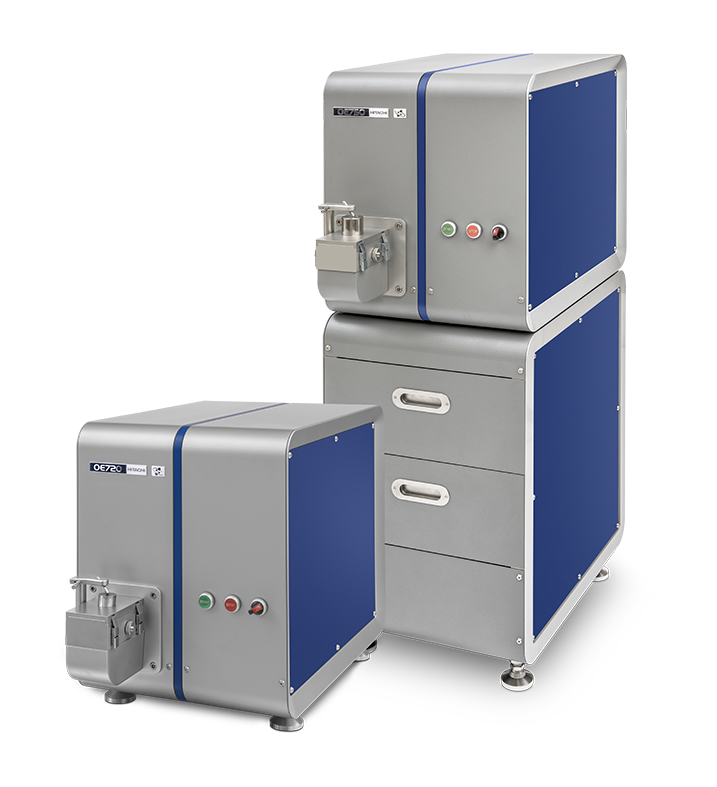
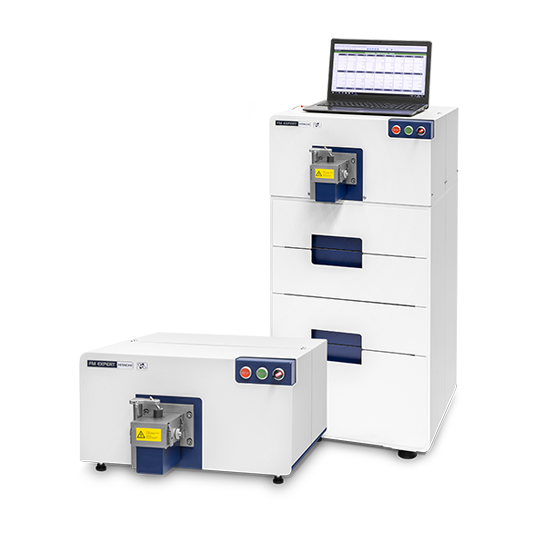

Seamless quality control is essential for any metalworking, starting with tramp element analysis for scrap, inspection of in-coming materials, QA/QC in the foundry process, melt control and goods issue.
Optical emission spectroscopy, or OES, is a well trusted and widely used analytical technique used to determine the elemental composition of a broad range of metals.
Our stationary optical emission spectrometers offer the highest levels of accuracy and precision of the analytical results, with state-of-the-art CMOS and CCD technology. A powerful yet easy-to-use software package covers almost every application.
Contact Us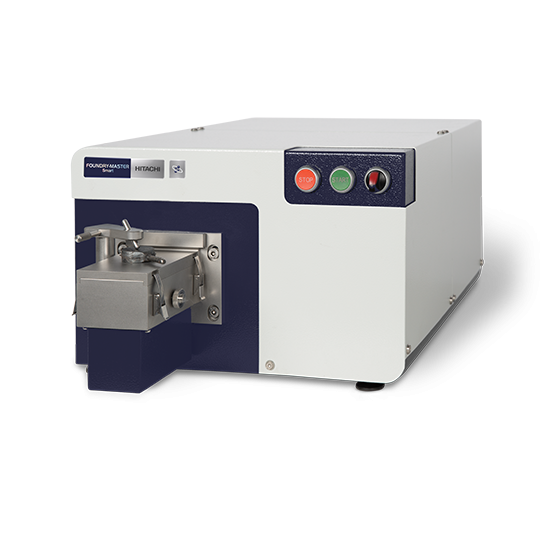
This analyzer brings high-performance on a limited budget. It’s suited to smaller foundries and metal processing companies that don’t need low detection limits. For bigger foundries and steel plants, it’s also a fast, reliable backup analyzer.
Find out more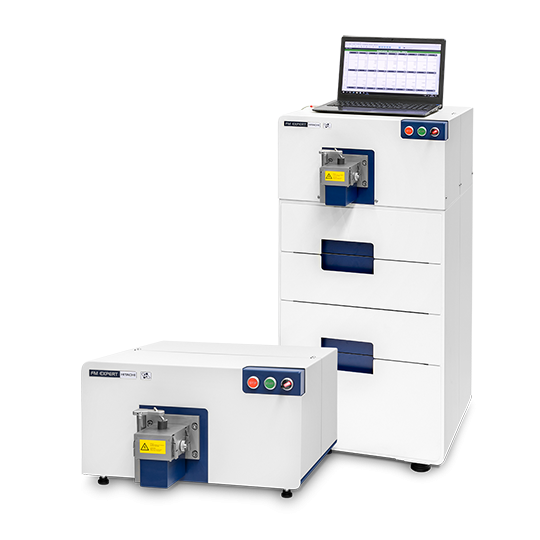
Ideal for companies that
need to precisely monitor nitrogen levels. It offers one of the highest performance to price ratio on the market. It’s also an ideal backup analyzer for bigger foundries.
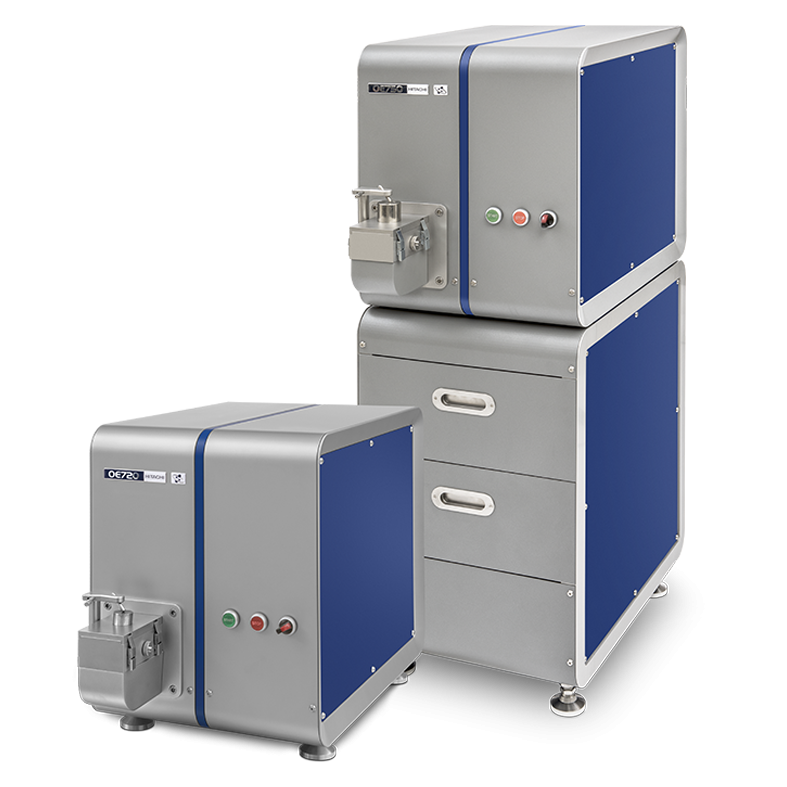
These ground-breaking spectrometers OE720 and OE750 offer high optical resolution and low detection limits. They covers all elements for complete metals analysis, the OE750 even analyses gases. The OE series performs on a par with larger and more expensive spectrometers.
Find out more| FOUNDRY-MASTER Smart | FM EXPERT | NEW: OE720 | OE750 | |
| High analytical performance | ✔ | ✔ | ✔ | ✔ |
| Small footprint, easy transportation | ✔ | ✔ | ||
| Budget limited | ✔ | ✔ | ||
| Manufacturing QA/QC | ✔ | ✔ | ✔ | ✔ |
| Melt process control | ★☆☆ | ★★☆ | ★★★ | ★★★ |
| Low detection limits for trace and tramp elements | ★☆☆ | ★☆☆ | ★★★ | ★★★ |
| Extension of calibration possible | ✔ | ✔ | ✔ | ✔ |
| Ultra low carbon steel analysis | ✘ | ✘ | ✘ | ✔ |
| Nitrogen analysis in duplex steel | ✔ | ✔ | ✔ | ✔ |
| Nitrogen analysis in low alloy steels | ✘ | ✔ | ✘ | ✔ |
| Soluble and insoluble aluminum content in low alloy steel | ✘ | ✘ | ✔ | ✔ |
| Analysis of hydrogen and oxygen in titanium, oxygen in copper | ✘ | ✘ | ✘ | ✔ |
| Optical transparency by | Argon purge | Argon purge | Argon purge | Middle pressure system (vacuum/argon purge combi) |
Our OES analyzers come with the world’s largest metal database already installed. With more than 15 million records for over 420,000 materials from 82 countries, you’ll have easy access to the information you need with no time-consuming research in norms and grade catalogues.
Melt process control, quality control of incoming and outgoing goods
Steel plants (EAF, BOF)
Analysis of melt, slag and casting
PMI
Chemical material
analysis for positive material identification (PMI)
Manufacturing
Quality control of incoming and outgoing goods
Recycling
Verifies the absence of unwanted
tramp elements
Metal trading
Quality control of incoming and outgoing goods
ExTOPE Connect is an advanced data management and storage service that allows you to store your results safely, share data instantly and access the data in real time from any computer. Achieve greater efficiency in the field or production site when using Hitachi High-Tech’s OES.
Learn more about ExTOPE ConnectThis optional software automatically calculates the right quantity of material to add to a melt to bring it into spec. You no longer have to rely on human expertise and it greatly speeds up the charge correction process. The software also calculates the most cost-effective way to correct the melt by considering your available source material and furnace capacity.
If you are interested in more information, please read our blogs Automated charge correction with OES analysis and Software solution ensures charge correction without the complication.
The optional SPC allows you to easily monitor your processes and notifies you if your melt, process or instrument is out of spec. You can set an upper and lower control limit for each element and see a visual representation of each element within those limits over time. This means you can reduce scrap and rework by spotting trends before they impact the final specification. On top of this, traceability functionality makes it easy to provide information
for customer or regulatory audits.
We’d love to hear from you! Contact us if you would like a quote, demo, or if you have a question.